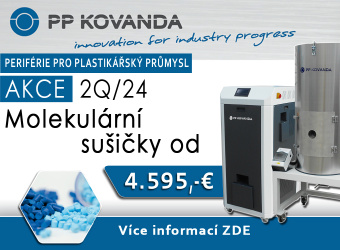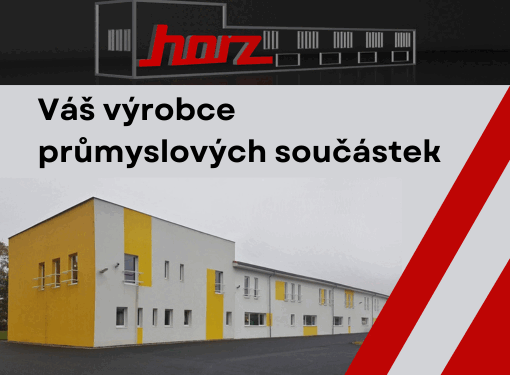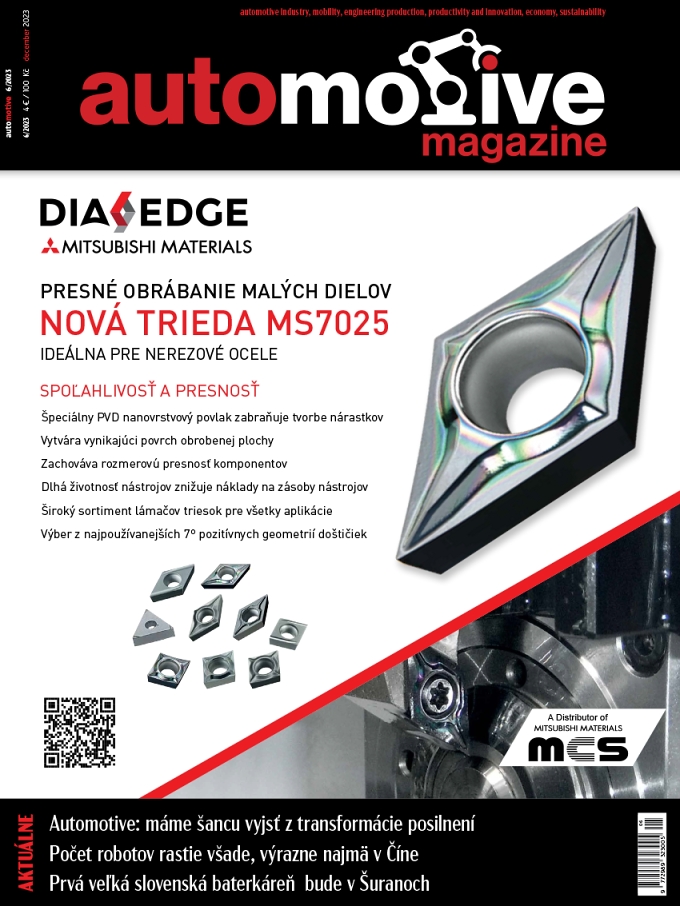CEE Automotive Supply Chain 2019: Letís think strategy
The largest conference of automotive suppliers in the Czech and Slovak Republics was held in Olomouc on 12 and 13 November. Over 450 participants from 18 countries worldwide did not miss the opportunity to meet, discuss and hold business talks at the NH Collection Congress Hotel in Olomouc, Czech Republic.
The CEE Automotive Supply Chain 2019 conference, organised by the Automotive Industry Association of the Czech Republic, the Automotive Industry Association of the Slovak Republic and other partners including chambers of commerce of international institutions, focused on the transformation of the automotive industry with an emphasis on supplier-customer relationships.
The third year of the CEE Automotive Supply Chain conference saw many presentations offering interesting insight for the present representatives of car makers, automotive suppliers and sub-suppliers. The speakers talked about current trends in supplier-customer relationships in the field of logistics, automation and robotization, as well as global economic outlooks and their effects on the automotive industry. Over 260 participants used the chance to forge business ties in almost 650 steered B2B meetings that were staged as part of the event.
The main topic of presentations and discussions was, of course, transformation – required by European laws, caused by technological progress or necessitated by the geopolitical situation. In the introductory panel, one of the directors of the Czech Automotive Industry Association (AutoSAP) and president of Koyo Bearings Czech Republic, said: “We must be innovative and creative within the boundaries of what the market needs and will need in future. A company striving for success in the automotive industry must follow all of these aspects and based on that, define its internal policy. We must adopt strategic thinking and look towards 2030, 2040 or even 2050 in order to realize where the entire industry is headed.”
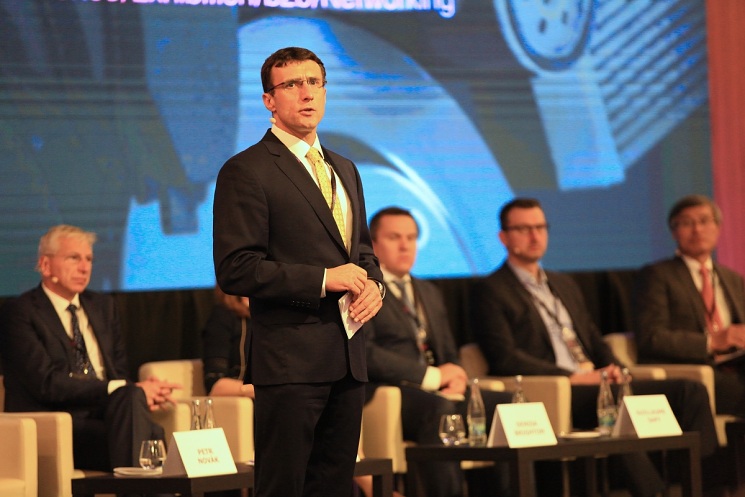 | |
| Petr Novák, one of the directors of the Czech Automotive Industry Association (AutoSAP) and president of Koyo Bearings Czech Republic |
Alexander Matušek, president of the Slovak Automotive Industry Association, believes that the industry is ready to address new challenges. However, those having the final say in the whole transformation process will be outside the industry. “We know what technologies are coming but we do not know what response we can expect from the customer. At this moment, it is the biggest unknown for all of us,” said Matušek.
The search for a new model of transport
Manuel Kallweit, head of economic intelligence and statistics of the German Association of the Automotive Industry (VDA), says that we increasingly need traffic safety and new mobility services. These factors lead to more or less efficient solutions. Society is looking for alternative transport solutions, improving traffic automation systems and connectivity solutions to increase safety, and is working on various innovations to make urban mobility more comfortable. In the light of these trends, the traditional automotive industry is facing considerable competition with large global technological companies like Google or Microsoft entering the market.
“All over the world, the industry is at a crossroads – due to new technologies like robotics, artificial intelligence, virtual augmented reality and blockchain. The generation of millennials is another important game-changer. Inclined toward a sharing economy, they no longer want to own everything,” said Pavel Kysilka, founder of the 6D Academy, referring to an important intergenerational shift.
A dangerous tipping point
Apart from long-term visions, the CEE Automotive Supply Chain discussions looked particularly at what lays ahead in the decade to come. The panellists share the view that the condition of the global economy provides a fundamental framework. Likewise, the Trump administration’s trade policy, Brexit and economic development in the world and Germany in particular, are raising further questions. “The automotive industry is at a tipping point. Tariffs, Brexit, economic slowdown, Turkish activities in Syria and other factors make many producers nervous. Many of them are taking a very close look at their stock inventories or cancelling orders,” said Petr Novák about the current situation.
Manuel Kallweit of VDA thinks the passenger car market is stable despite not particularly optimistic forecasts for the next year’s developments. The German association estimates that the largest markets will experience a slight downturn – by some one percent worldwide – in 2020. In the long run, German car makers tend to be rather optimistic, intent on increasing production by about 20 percent until 2025. “According to our estimates for the next five years, traditional markets will probably not grow but new markets will. For instance, there are about seventeen cars per 1,000 inhabitants in India showing a significant potential for growth,” said Kallweit.
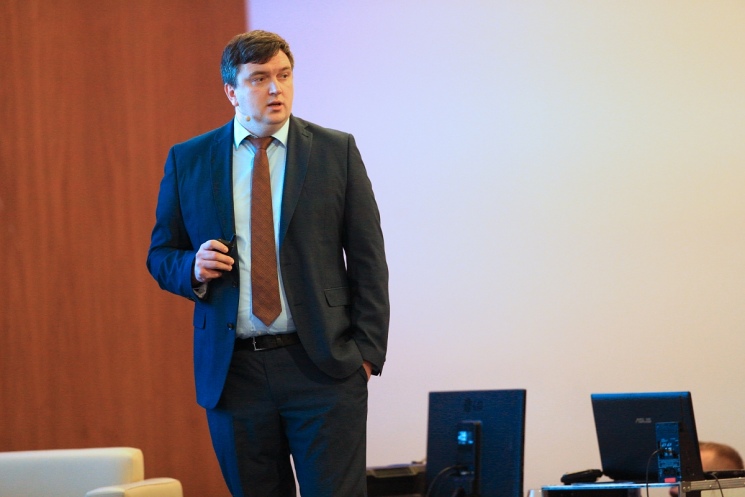 | |
| Manuel Kallweit, VDA |
Alternative propulsion systems
The obligatory reduction of CO2 emissions in newly sold passenger cars is the springboard for transformation of the automotive industry. Experts estimate that 8 to 10 percent of new passenger cars will have to be electrified in the following decade. In order to meet this condition, significant investments must be made in the development of alternative propulsion systems and suppliers must be ready for all possible scenarios. “Whether the industry will go electric, i.e. purely battery electric vehicles, hybrid or hydrogen – this is a decision that will be made mainly by the customer,” said Robert Kiml, general manager of the TPCA branch in Kolín, who believes in the future of hydrogen fuel cells.
Building infrastructure remains key to the shift towards clean mobility. However, as Petr Knap said, this is currently not as essential. “What plays a major role is how much electric vehicles cost in today’s market, how affordable they are, and what options you have for charging your car at home or at work. These underlying aspects will give impetus to the use and market penetration of electric vehicles,” said Knap.
Challenges for suppliers
The transformation towards clean mobility has an enormous impact on automotive suppliers, small companies and large multinationals alike, which will have to re-focus their business or await the parent company’s decision on their future, respectively.
“End-product manufacturers must naturally find resources for the shift towards alternative propulsion systems while suppliers struggle with huge pricing pressures. For us it means we must be innovative, coming up with ideas that are unique in the market. At the same time, technological progress enables us to introduce Industry 4.0 elements, i.e. automation, robotization and digitalization. In this respect, companies have a once-in-a-lifetime chance to reduce costs whilst remaining competitive,” said Petr Novák.
Vítžzslav Lukáš of ABB Czech Republic confirmed Novák’s view in his contribution. He believes that adopting elements of Industry 4.0 is of great benefit to the Czech Republic. “High pressure on productivity and mass production has given a natural chance for robot applications and the development of new robotized technologies. The automotive industry has introduced technologies advancing our country forward in many ways.” Lukáš concluded that thanks to this fact, the Czech Republic has experienced a big technological leap.
Technical education is vital
The whole conference day saw speakers agreeing on the fact that robotization creates huge pressure on the labour market to change. “Today’s young generation of blue-collar workers expect that machines will be controlled using tablets and that, for example, robots will simply be programmed by hand gestures. Performing operations in the same way as twenty years ago will no longer be possible,” said Vítžzslav Lukáš.
Discussion about production automation included another important topic – the system of education and pressure for it to change. “The Czech Republic ranks very high in terms of business institution quality, especially in the automotive industry – we are indeed leaders here, and the same applies to the quality of research, scientific and educational institutions. However, what we are not particularly good at is cooperation between or the clustering of these three areas,” concluded Pavel Kysilka. In his opinion, Silicon Valley is a good example showing that cooperation between these three stakeholders can raise the economy by several levels.
In relation to education, science and research support as well as building infrastructure, the speakers repeatedly stressed that the public sector must be involved.
At CEE Automotive Supply Chain 2019, the audience also learnt about interesting projects and case studies presented by representatives of GEFCO, ŠKODA Auto, Logio, Robert Bosch and ZLKL, a Czech company.
Next year, the CEE Automotive Supply Chain conference will be held in Slovakia.
More information: www.ceeautomotive.eu, info@ceeautomotive.eu.
- autor:
- CEE Automotive Supply Chain & NEWMATEC


























